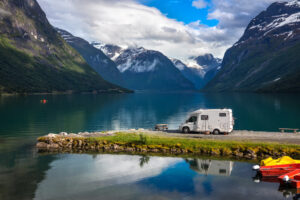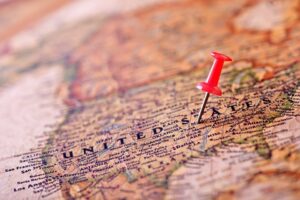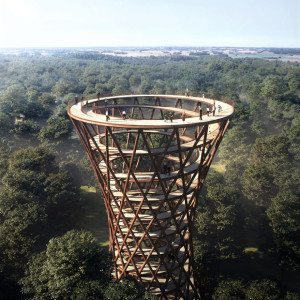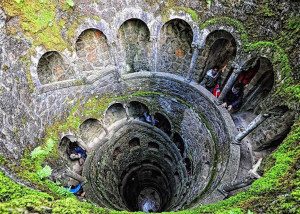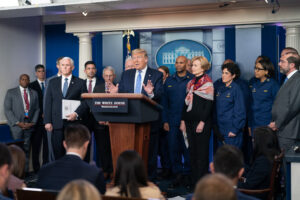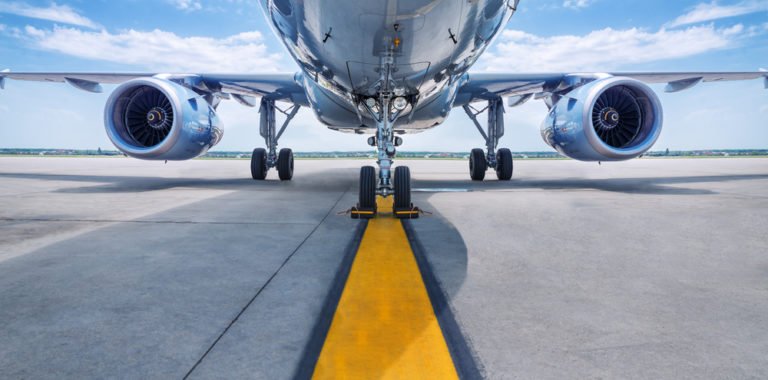
No-fly zones are primarily a safety measure. They prohibit aircraft from getting too close to certain places, to deter or at least identify potentially hostile aircraft. How does a place become a no-fly zone? Well, “there is…no single process for setting aside prohibited airspace,” explains Daniel Burnham, flight expert for Scott’s Cheap Flights.
The FAA (Federal Aviation Administration), which regulates American airspace, can establish no-fly zones, but that’s not the only way to get one. Sometimes no-fly zones come into being due to executive order or acts of Congress. Most (but not all) of the no-fly zones in the United States have some kind of military or government association.
Most of them are also places that you can still visit, as long as you don’t approach by plane—but there are plenty of other forbidden places no one will ever be allowed to visit.
And this doesn’t mean that no planes can ever fly over these places, ever. As Burnham explains, many of these zones restrict airplane flight to 3,000 feet above or higher, meaning planes can’t fly any closer than that.
So this means that “large passenger aircraft flying at cruising altitude would seldom be affected by these provisions,” Burnham explains, since passenger planes fly much higher than that for the majority of their flights.
“The FAA ruling…makes the argument that a minimum altitude of 3,000 feet is about right for the navy to identify and shoot down incoming hostile aircraft without too much trouble,” Burnham says.
So where, throughout the United States, are airplanes not allowed to get too close?

























